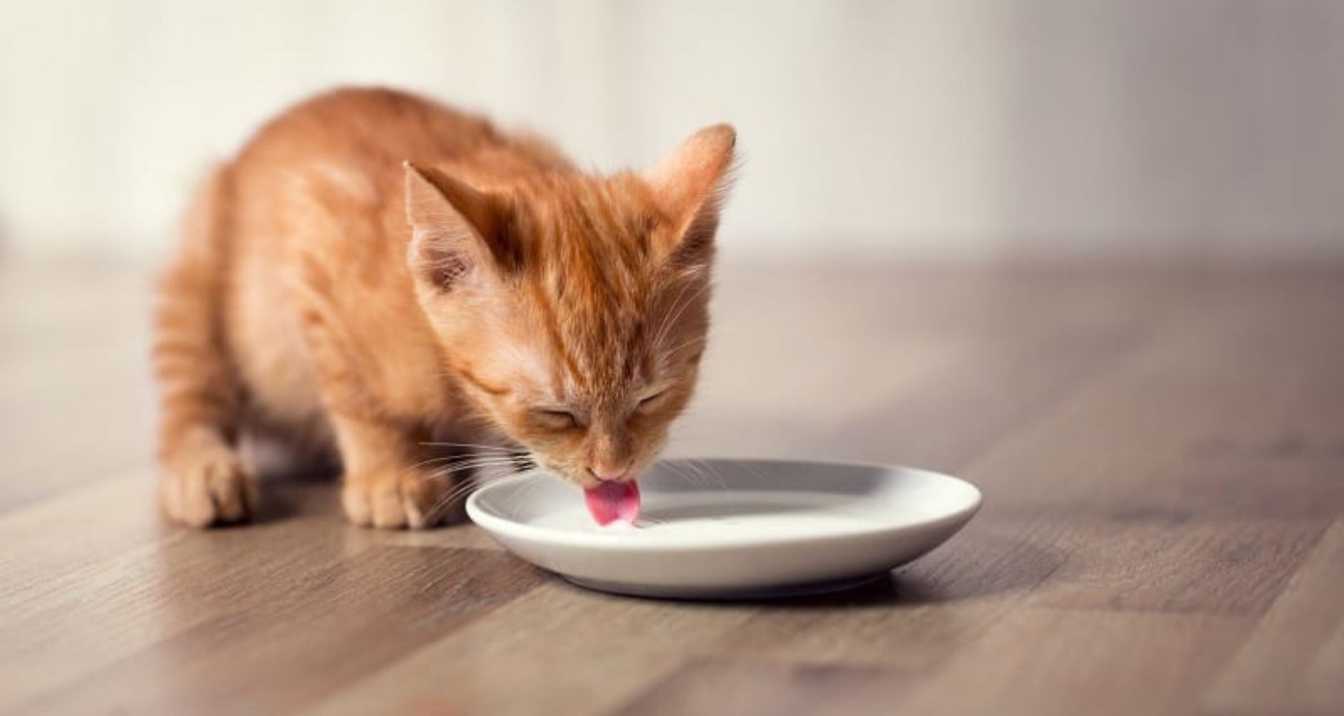If you’re a cat owner, you might have wondered, can cats drink lactose-free milk? Get the answer NOW! This is a common question among pet parents who want to treat their furry friends but are concerned about the possible health effects. Understanding whether lactose-free milk is safe for cats is essential to ensure their well-being and happiness.
So, can cats drink lactose-free milk? Get the answer NOW! The short answer is yes, cats can drink lactose-free milk. Unlike regular cow’s milk, lactose-free milk doesn’t contain lactose, a sugar that many cats have difficulty digesting. By offering lactose-free milk, you can avoid the digestive issues.
Why Do Cats Have Trouble with Regular Milk?
Understanding Lactose Intolerance in Cats
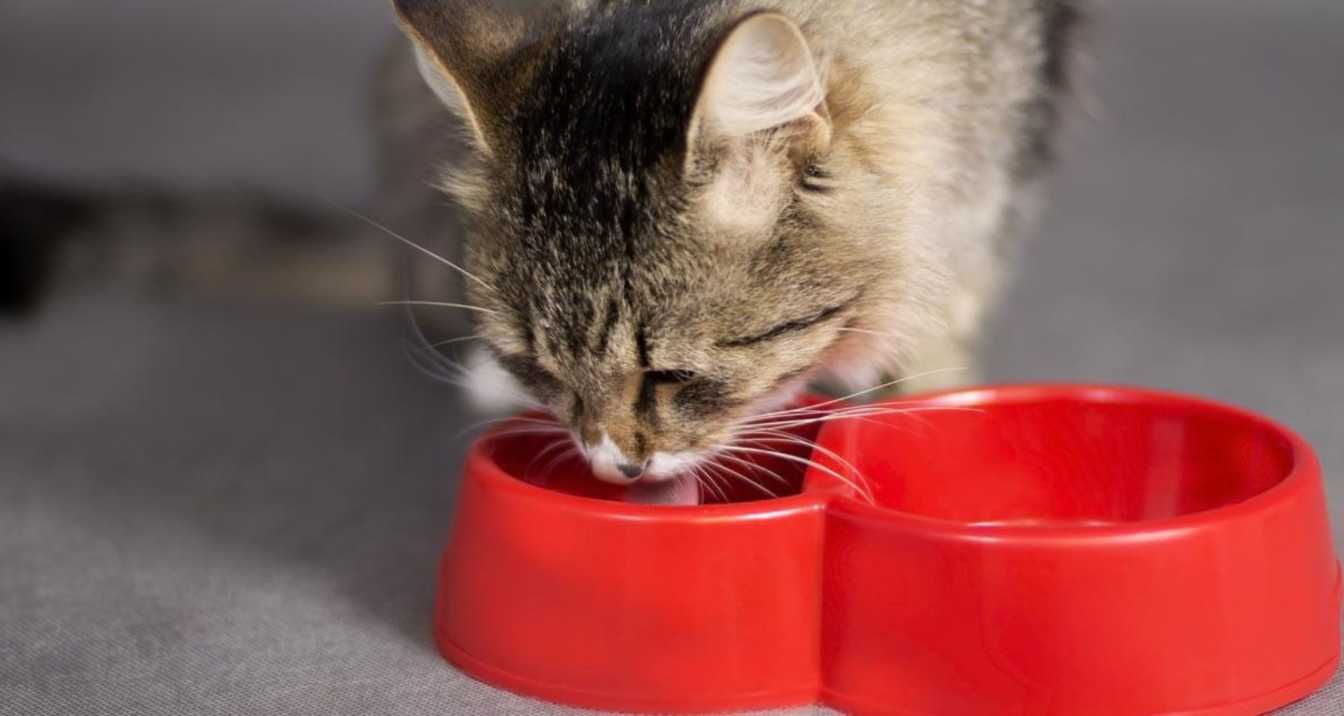
Cats often develop lactose intolerance after weaning because they don’t produce enough lactase, the enzyme needed to digest lactose, the sugar in milk. Without lactase, lactose ferments in their digestive system, causing discomfort and gastrointestinal issues.
Symptoms of Lactose Intolerance in Cats
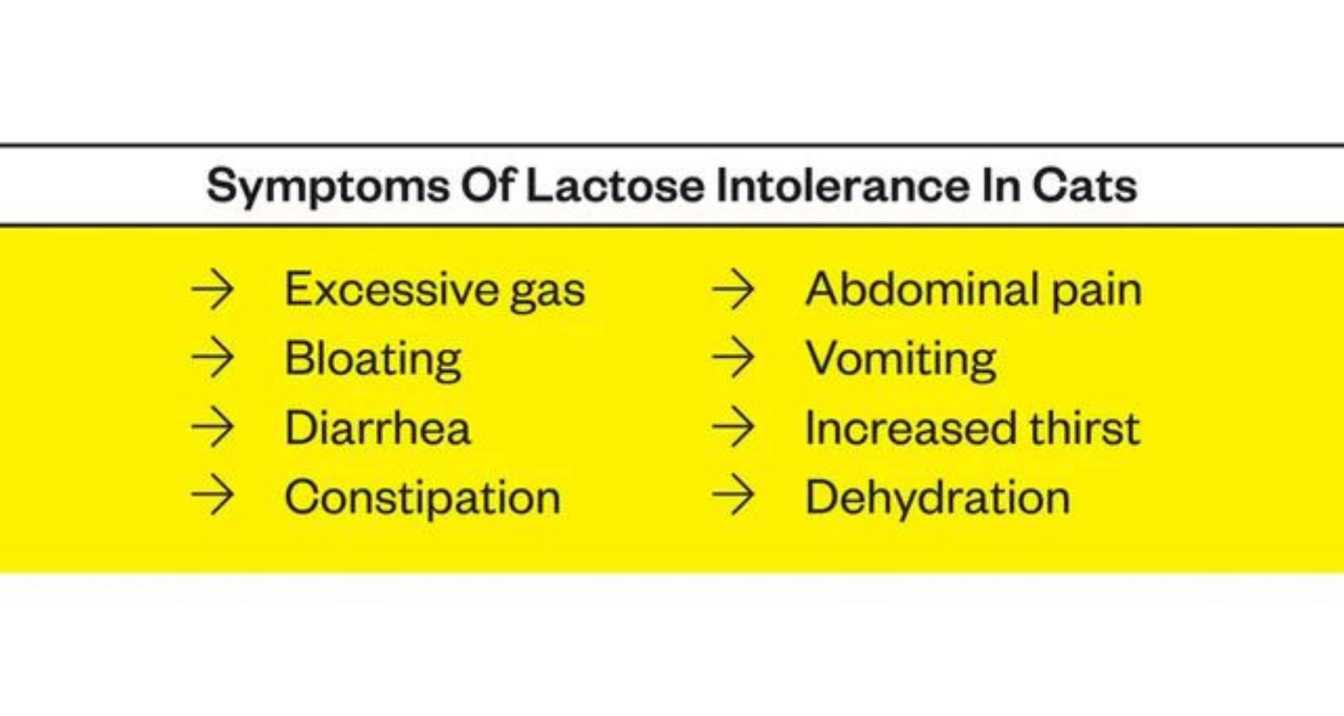
Recognizing the symptoms of lactose intolerance in your cat is crucial to avoid unnecessary distress. Common signs include:
- Diarrhea: One of the most frequent symptoms, resulting from the fermentation of lactose in the intestines.
- Bloating and Gas: These occur due to the buildup of undigested lactose.
- Stomach Cramps: Your cat may show signs of abdominal pain or discomfort.
- Vomiting: In some cases, consuming regular milk can cause your cat to vomit.
If your cat exhibits any of these symptoms after drinking regular milk, it’s a strong indicator of lactose intolerance. Switching to lactose-free milk can help prevent these issues and keep your cat healthy and happy.
What is Lactose-Free Milk?
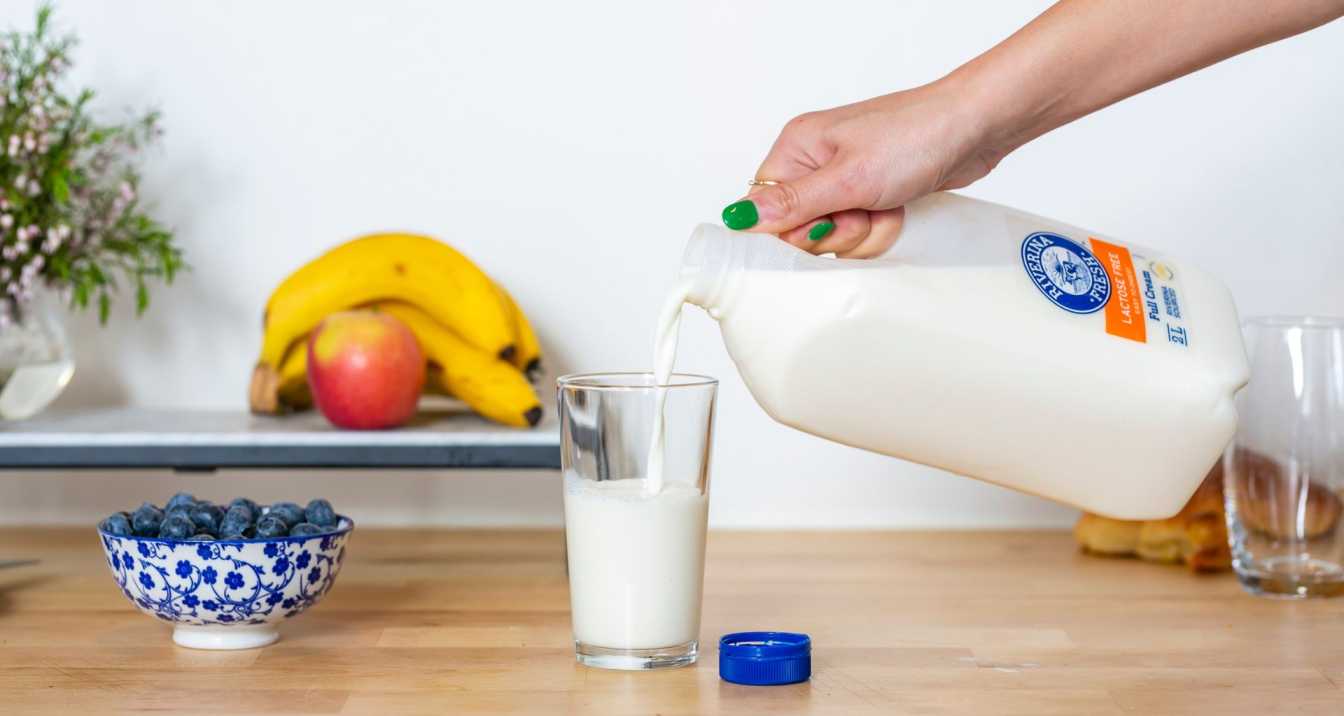
Composition and Benefits of Lactose-Free Milk
Lactose-free milk is regular cow’s milk treated to remove lactose. This process involves adding lactase, the enzyme that breaks down lactose, making the milk easier to digest for those with lactose intolerance. The result is milk that has the same nutritional benefits as regular milk but without the discomfort caused by lactose.
Read more: Can cats drink milk
How Lactose-Free Milk is Made

The production of lactose-free milk involves adding lactase to regular milk. This enzyme breaks down lactose into simpler sugars, glucose, and galactose, which are easier to digest. This process ensures that lactose-free milk retains all the essential nutrients, such as calcium and vitamin D
Is Lactose-Free Milk Safe for Cats?
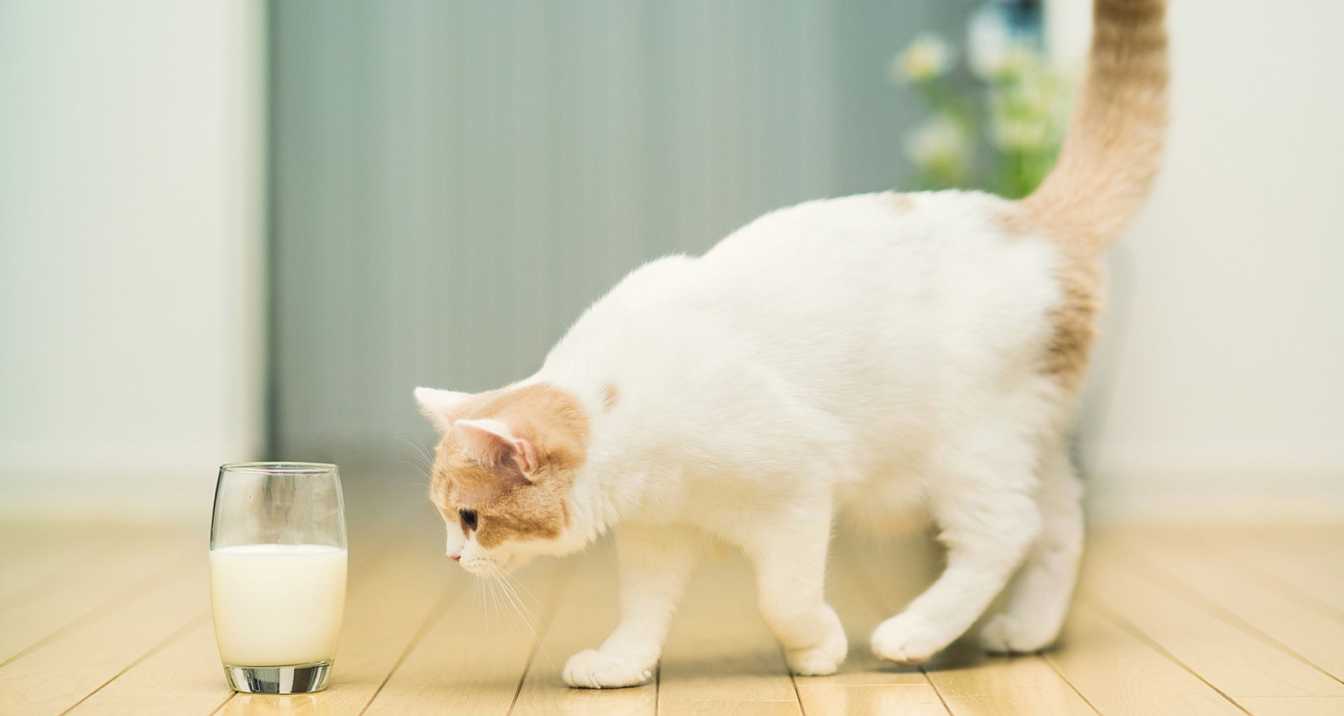
Lactose-free milk is a popular alternative for cats with lactose intolerance. Let’s explore its nutritional benefits and potential risks to ensure it’s a safe addition to your cat’s diet.
Nutritional Benefits of Lactose-Free Milk for Cats
- Lactose-free milk retains essential nutrients found in regular milk, such as:
Calcium: Supports strong bones and teeth.
Vitamin D: Enhances calcium absorption and bone health.
Protein: Aids in muscle development and repair.
- Provides a safer option for lactose-intolerant cats without causing digestive issues.
Possible Risks and Considerations
- While lactose-free milk is generally safe, moderation is key:
Overconsumption can lead to weight gain and potential health issues.
Not all cats may enjoy the taste or tolerate it well.
Always introduce lactose-free milk gradually and observe for any adverse reactions.
How Much Lactose-Free Milk Can You Give Your Cat?
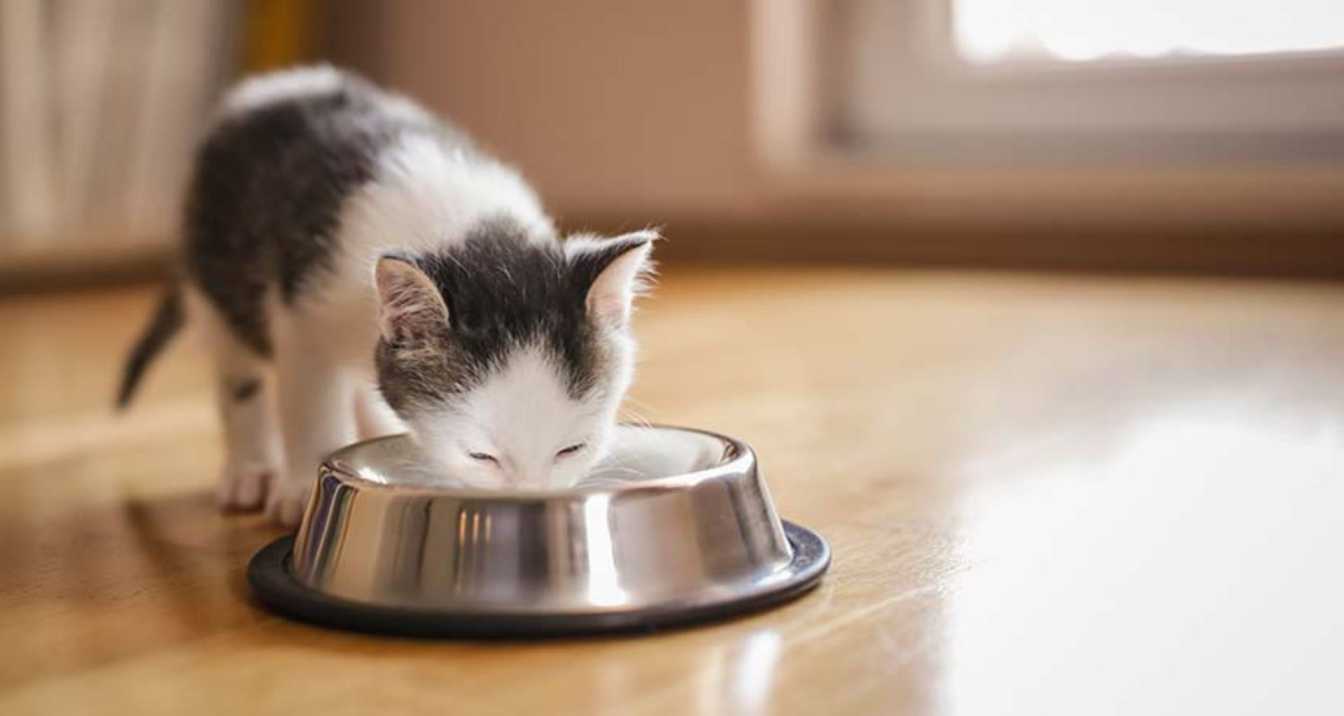
For most cats, start with 1-2 tablespoons of lactose-free milk and observe their reaction. If well-tolerated, offer it as an occasional treat, not exceeding 1/4 cup per week. Limit to once or twice a week to avoid overconsumption and potential weight gain. Always provide fresh water as the primary hydration source. Following these guidelines ensures lactose-free milk can be safely included in your cat’s diet.
Should (lactose-free) milk be a part of my cat’s diet?
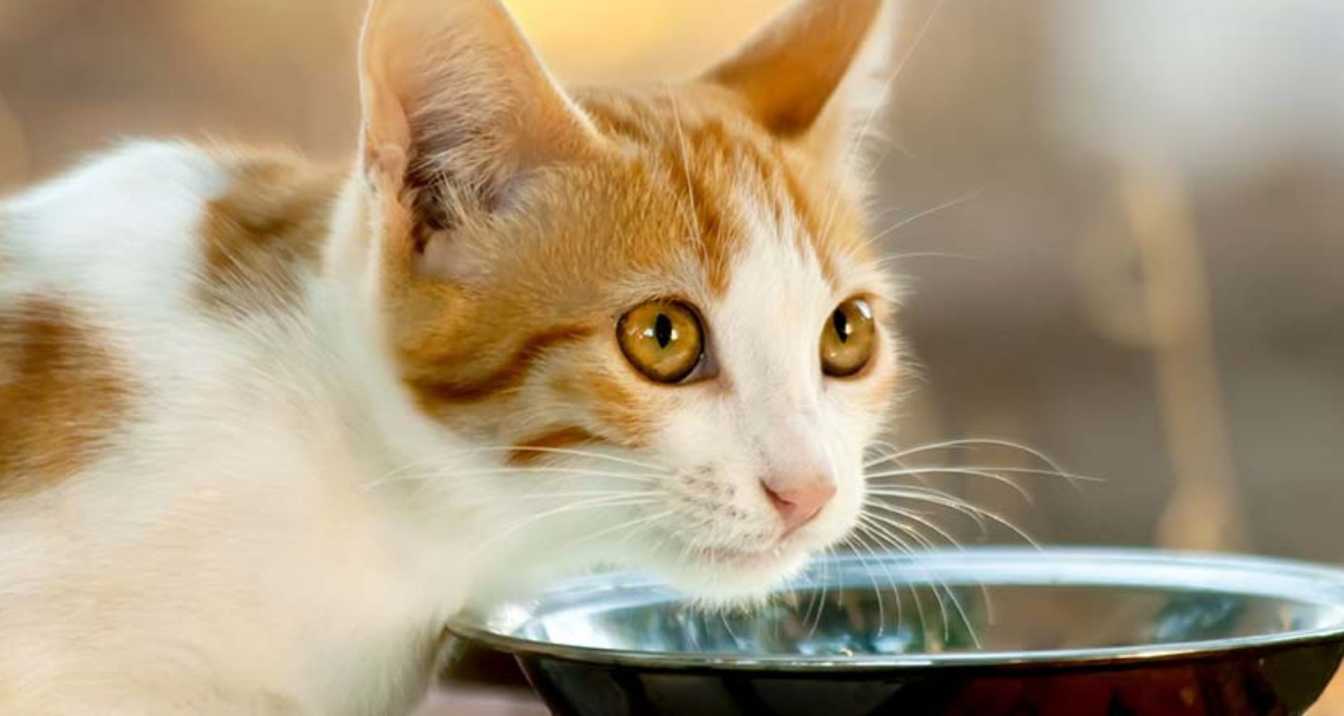
Lactose-free milk can be offered to cats as a treat, but it shouldn’t be a regular part of their diet. While it avoids the issue of lactose intolerance by removing lactose, milk of any kind is not a necessary item in a cat’s diet and does not provide any essential nutrients that cats can’t get from a more suitable, balanced diet.
Here are a few considerations:
- Nutritional Balance: Cats need a diet that is high in protein and fat, with specific nutrients like taurine, which are typically not present in milk, even lactose-free varieties. Cat-specific milk might contain some of these nutrients but is still not necessary for their health.
- Caloric Content: Milk can be high in calories. Offering milk too frequently can contribute to weight gain, especially in less active or older cats.
- Potential for Allergies: Some cats can also develop allergies to dairy products, even if they are lactose-free. This can lead to gastrointestinal upset or skin reactions.
- Hydration: Water is the best and most important drink for cats. Ensuring they have fresh water available at all times is the best way to keep them hydrated.
Discussing your cat’s diet with a veterinarian is always a good idea to ensure it meets its specific health needs and to get advice on suitable treats. If you offer milk, it should be done sparingly as a small treat and not a regular part of their dietary intake.
Alternatives to Lactose-Free Milk for Cats
Cat-Safe Milk Products and Hydration Options
| Category | Options | Details |
| Cat-Safe Milk Products | Commercial cat milk | It is specially formulated to be lactose-free and nutritionally balanced for cats. |
| Goat’s milk | Naturally lower in lactose and often better tolerated by cats, though best offered in moderation. | |
| Other Hydration Options | Freshwater | Always the primary and best hydration source for cats. |
| Wet cat food | It contains high moisture content, helping keep your cat hydrated. | |
| Broth | Low-sodium chicken or beef broth can be a tasty and hydrating treat. |
Signs Your Cat Might Like Lactose-Free Milk
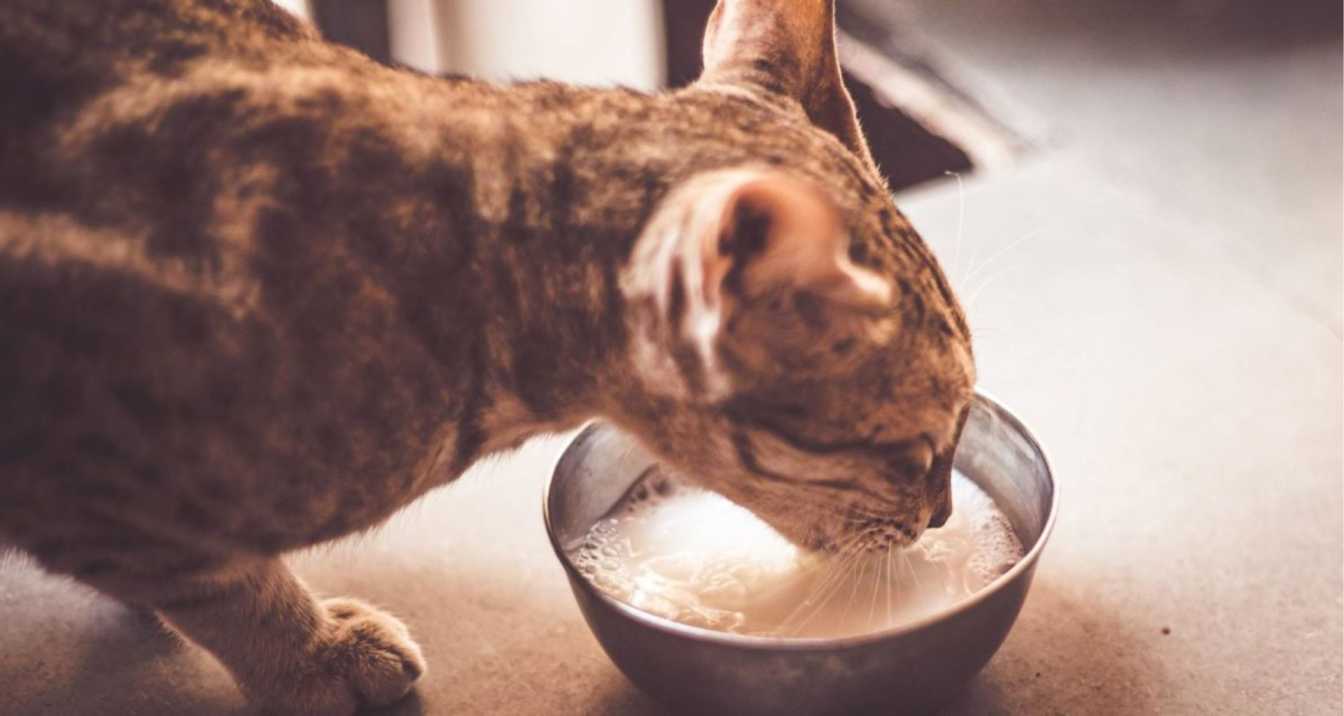
How to Introduce Lactose-Free Milk to Your Cat
If you’re wondering, Can cats drink lactose-free milk? Get the answer NOW! Start by offering a small amount, about 1-2 tablespoons, to see how your cat reacts. Monitor for any signs of digestive issues, such as diarrhea or vomiting. If your cat tolerates it well, gradually increase the amount, but do not exceed 1/4 cup per week.
Observing Your Cat’s Reaction
watch your cat’s reaction closely. Positive signs include drinking the milk without hesitation and no discomfort afterward. Negative signs include disinterest or symptoms like diarrhea, vomiting, or bloating.
Conclusion
In conclusion, the answer to Can cats drink lactose-free milk? Get the answer NOW! is yes, they can. Lactose-free milk offers a safe alternative to regular milk, providing essential nutrients without causing digestive issues. By introducing it gradually and observing your cat’s reaction, you can determine if this treat is a good fit for their diet.
Remember always to monitor your cat for any signs of discomfort and limit the amount to prevent overconsumption. Offering lactose-free milk as an occasional treat can add variety to your cat’s diet while keeping them healthy and happy.
FAQ
What to Do if Your Cat Doesn’t Like Lactose-Free Milk?If your cat doesn’t like lactose-free milk, try other cat-safe options like low-sodium broth. Ensure fresh water is always available. |
Can Lactose-Free Milk Cause Allergies in Cats?Yes, some cats may have allergies to milk proteins, even in lactose-free milk. Watch for itching, rashes, or gastrointestinal issues. |
How to Store Lactose-Free Milk for Cats?Store lactose-free milk in the refrigerator, tightly sealed, and use within a few days. Always check for spoilage before serving. |
Can Kittens Drink Lactose-Free Milk?Yes, kittens can drink lactose-free milk as an occasional treat once they are weaned. It should not replace their primary nutrition source. |
